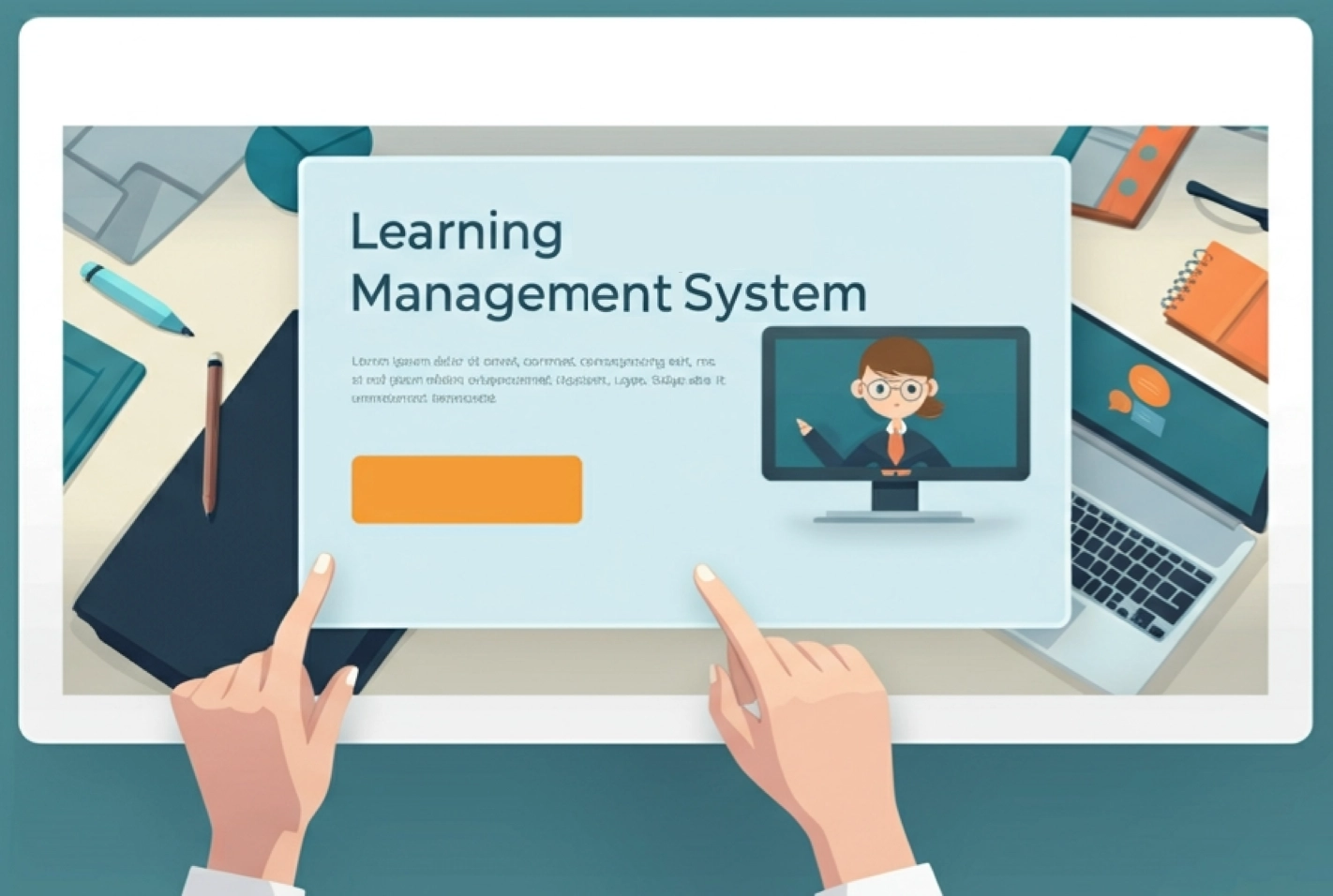If you’re crafting a learning platform that’s built to last, here’s how the top two WordPress LMS giants stack up—and where they shine for serious dev work.
The eLearning gold rush isn’t slowing down. Whether you’re building training portals for corporations, launching your own course empire, or helping clients monetize expertise, one truth remains:
Your LMS needs to be flexible, scalable, and developer-friendly.
Two of the biggest players in the WordPress ecosystem—LearnDash and LifterLMS—offer powerful, plugin-based LMS functionality. But they come with very different dev experiences and design trade-offs.
Let’s break it down like someone who’s actually gotten their hands dirty in the code.
1. Core Philosophy: Feature-Rich vs. Framework-Like
- LearnDash is opinionated. It ships with a solid UX, drag-and-drop builder, and baked-in course logic. Great out of the box, but less flexible without overrides.
- LifterLMS is modular and developer-first. It’s built like a framework, with APIs and hooks galore—perfect for customizing flows or deeply integrating with custom post types, CRMs, or membership sites.
🛠️ TL;DR: LearnDash is great when you want a polished “LMS in a box.” Lifter is your playground if you need to Frankenstein together your own vision.
2. Customization: Who Plays Nice with Code?
- LearnDash customization often requires diving into template overrides or using third-party add-ons (hello, Uncanny Toolkit). It’s fine… until you need to break their model.
- LifterLMS is more extensible, and its functions, filters, and REST API are developer gold. You can hook into nearly anything—less hacky, more scalable.
Both support Gutenberg, but LifterLMS has a cleaner, more modern codebase if you’re doing serious UI or UX tweaks.
3. Membership & Monetization Features
- LearnDash assumes you’ll integrate with something like MemberPress or WooCommerce.
- LifterLMS includes a full membership engine and payment gateway system (Stripe, PayPal, etc.)—no third-party plugin needed.
For devs, fewer moving parts means less maintenance and better security posture.
4. Developer Experience & Docs
- LearnDash’s docs are… fine. You’ll be spending time in forums, GitHub, and Stack Overflow.
- LifterLMS’s developer docs are actually solid. Their API is well-documented, and their support for developers feels intentional, not begrudging.
🤓 If you like working with well-structured hooks and filters, Lifter’s team gets it.
5. Performance & Headless Options
Need to go headless or integrate into a JS-heavy frontend (like Next.js or Vue)? Neither plugin was born for this—but LifterLMS’s API is better suited to be queried, extended, and customized at scale.
Bonus tip: If you’re optimizing for performance and Lighthouse scores, ditch the bloated WP themes and roll your own front-end or go hybrid Jamstack.
Use Cases That Help You Decide
- Choose LearnDash if:
- You want a fast MVP for clients with little dev overhead
- You’re okay with third-party add-ons
- Your course structure fits “one-size-fits-most”
- Choose LifterLMS if:
- You’re building a custom experience (e.g., onboarding logic, live coaching, custom achievements)
- You need to integrate with external systems (CRMs, HRIS, analytics)
- You want to treat the LMS as an app, not just a course library
Closing Thoughts
If you’re a developer building LMS platforms in 2025, your biggest advantage is thinking like a product designer and architect—not just a plugin installer.
Both LearnDash and LifterLMS are great tools. But like any tool, they only work if you know what you’re trying to build. LearnDash gives you a nice prefab house. Lifter hands you the blueprint and asks, “Want to build something nobody’s done before?”
Your move.


